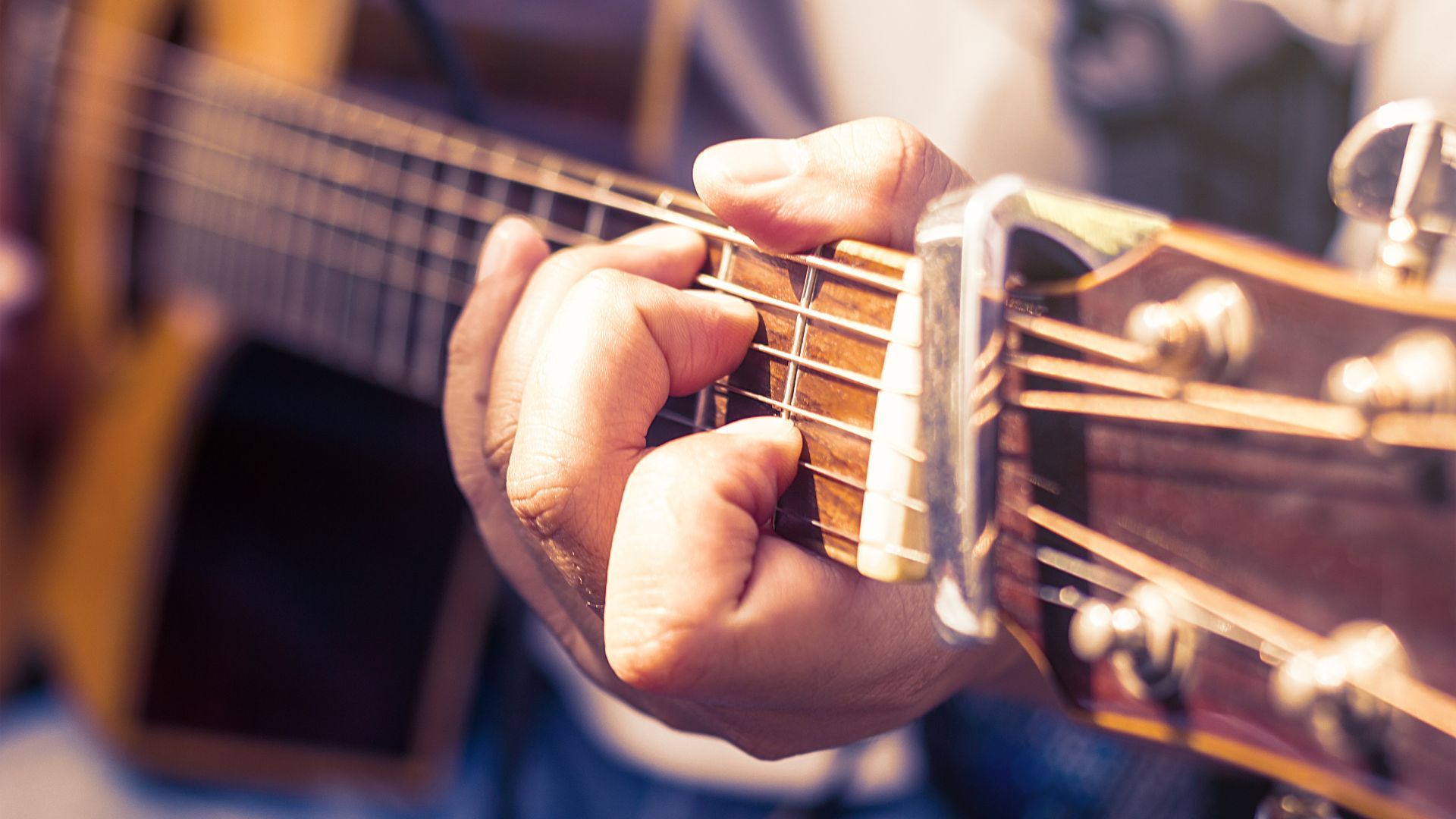From heartfelt ballads to high-energy bluegrass-inspired runs, the genre blends melody, rhythm, and storytelling in a way that’s instantly recognizable. Whether you’re brand new to the style or already play guitar and want to expand your skills, learning how to play country guitar can be both fun and creatively rewarding.
The Heart of Country Guitar
At its core, country guitar focuses on clean, bright tones and clear articulation. While modern country often blends rock, pop, and blues influences, traditional country guitar draws on folk, bluegrass, and western swing.

When you’re learning how to play country guitar, you’ll come across hallmark elements such as:
- Alternating bass notes for that steady “train track” rhythm.
- Open chords with embellishments for a ringing tone.
- Melodic fills between vocal lines, often from the major pentatonic scale.
- Fingerpicking or hybrid picking to blend melody and rhythm seamlessly.
Essential Country Guitar Techniques
- The Boom-Chick Rhythm
Alternating bass notes (boom) with strums (chick) is the backbone of classic country rhythm playing. - Hybrid Picking
Hold a pick and pluck strings with your middle and ring fingers for speed and precision. - Chicken Picking
A snappy, percussive style achieved by plucking and slightly muting the strings. - Double Stops
Playing two notes together adds harmony and makes solos sound fuller. - Pedal Steel Bends
Bend one string while keeping another ringing for a smooth, pedal steel-inspired sound.
Scales and Chords to Focus On
If you want to master how to play country guitar, start with:
- Major Pentatonic Scale – for bright, uplifting licks.
- Mixolydian Mode – to add a touch of bluesy flavor.
- Open-position chords like G, C, D, A, and E with hammer-ons and pull-offs.

Gear Tips for a Country Sound
A Telecaster-style guitar with a clean amp setting is a classic choice for country tones. Light compression or overdrive can help even out your dynamics without losing clarity.
Think of Electric Guitars like:
- Fender Telecaster – The classic country guitar. Bright, twangy tone; used by legends like Brad Paisley and James Burton.
- Fender American Professional II Telecaster – Modern build with vintage tone, great for both traditional and modern country.
- G&L ASAT Classic – Designed by Leo Fender after leaving Fender; similar to a Telecaster but with slightly hotter pickups.
- Gretsch G6120 Chet Atkins Hollow Body – Warm, rounded country-jazz tone; perfect for fingerpicking and western swing styles.
- PRS Silver Sky – While originally aimed at blues/rock, its clarity and articulation make it suitable for country, especially in modern crossover styles.
Acoustic Guitars:
- Martin D-28 – Rich tone with strong bass; perfect for strumming and flatpicking.
- Martin D-18 – Balanced, warm tone; a favorite for singer-songwriters in country.
- Gibson J-45 – Iconic slope-shoulder dreadnought; warm and punchy for rhythm work.
- Taylor 814ce – Bright and articulate, with excellent note separation for fingerstyle.
- Yamaha A5R ARE – More budget-friendly, but with a pro-level tone and playability.
Practice Tips
- Focus on precision over speed at first—clarity is key in country guitar.
- Practice hybrid picking daily to build consistency.
- Learn a few classic country riffs to add to your warm-ups.
- Always practice with a metronome to lock in your groove.
Why Learning Country Guitar Is Worth It
Even if country isn’t your main genre, the techniques you learn will make you a more versatile guitarist. Skills like hybrid picking, alternate bass rhythms, and clean articulation translate beautifully to blues, folk, and rock styles.
Learn How to Play Country Guitar with Fretello
With the Fretello app, you’ll master country guitar step-by-step—from boom-chick rhythm to pedal steel bends. Our interactive lessons give you real-time feedback so you can nail that authentic country sound. Download Fretello today and start strumming your way into the heart of country music.